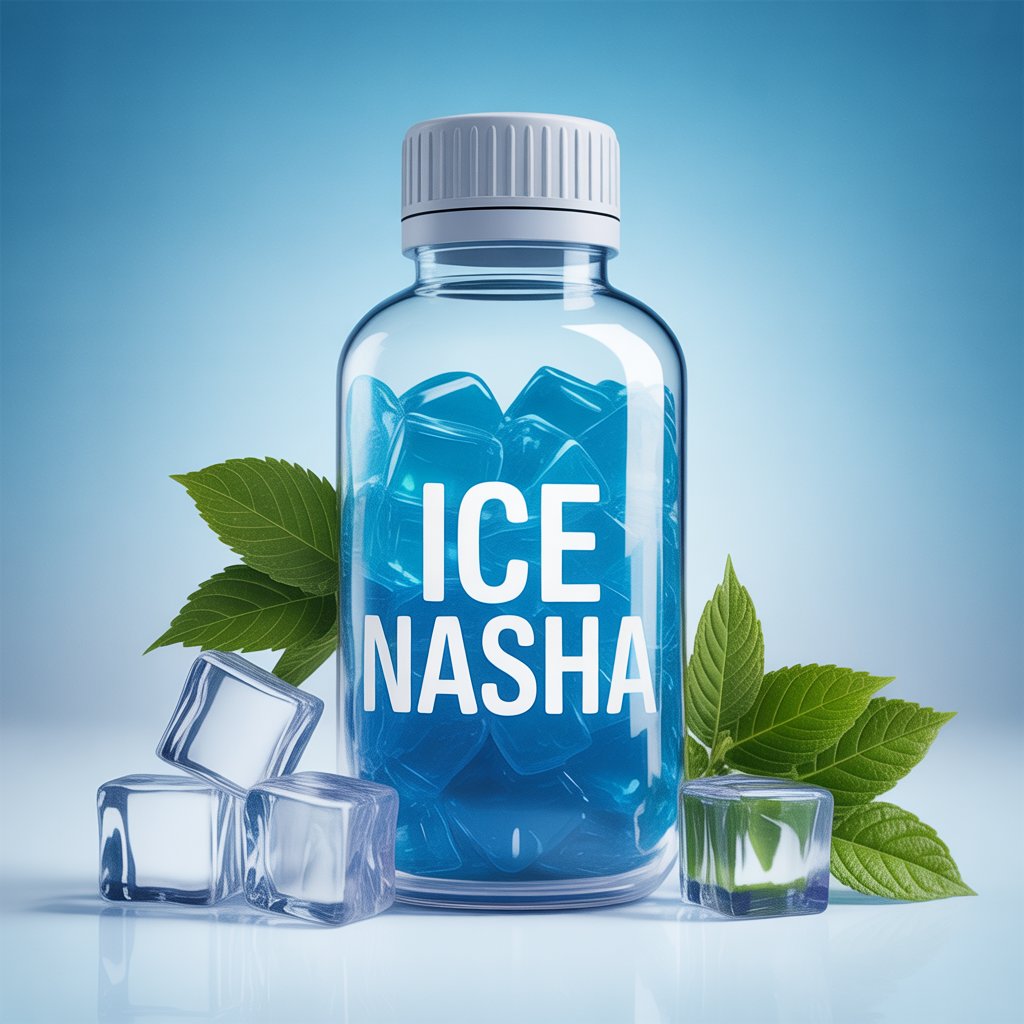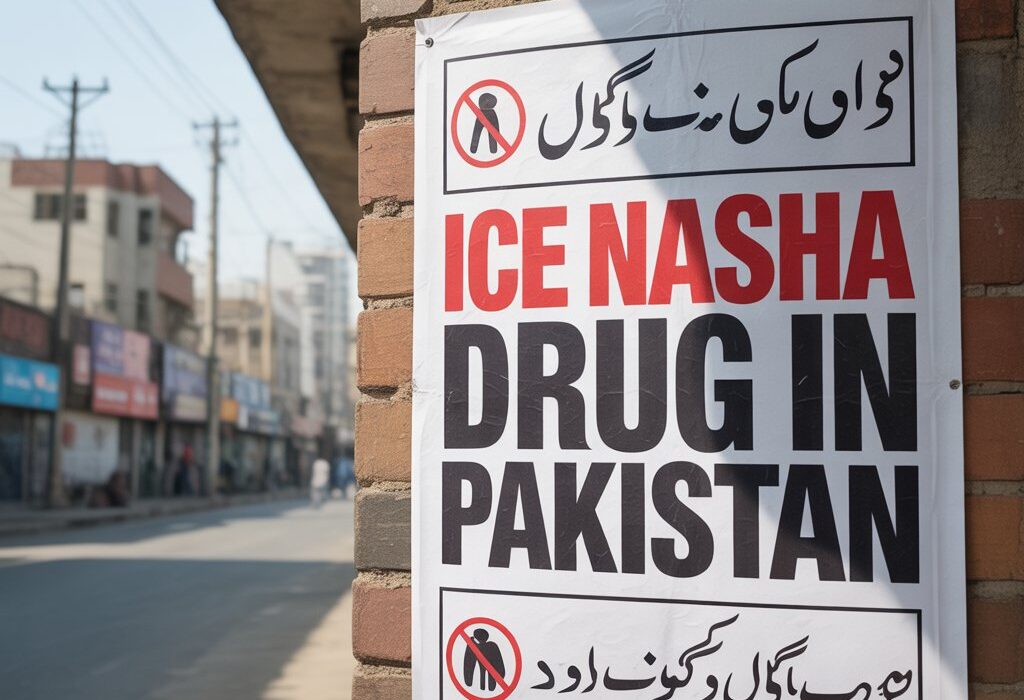Confronting Ice Nasha in Pakistan: A Growing Crisis
The shadow of addiction stretches across Pakistan, but few substances have sparked as much concern in recent years as crystal methamphetamine, commonly known as Ice Nasha in Pakistan. This potent and highly addictive stimulant has emerged as a serious public health challenge, devastating individuals, fracturing families, and straining communities. Understanding the nature of Ice Nasha in Pakistan, its devastating impact, and the pathways to recovery is crucial for combating its spread. This article delves into the crisis, offering insight and hope for those affected by this dangerous substance.
What is “Ice” and Why is it So Dangerous?
Crystal methamphetamine, or “Ice,” is a powerful synthetic drug that affects the central nervous system. It typically appears as clear, shiny crystals or a bluish-white rock. Unlike other forms of methamphetamine, Ice Nasha in Pakistan is known for its high purity and potency, making it exceptionally addictive from the first use. The drug works by flooding the brain with dopamine, creating an intense euphoria, increased energy, and heightened confidence. However, these short-term effects come at a catastrophic cost. The brain’s natural dopamine production is severely damaged, leading to a chemical dependency where the user needs the drug just to feel normal. This fundamental alteration of brain chemistry is what makes Ice Nasha in Pakistan so difficult to overcome without professional help.
The Devastating Impact on Health and Life
The consequences of Ice addiction extend far beyond the initial high, ravaging every aspect of a person’s being.
Physical and Psychological Deterioration
Physically, long-term use leads to severe weight loss, dental decay (“meth mouth”), skin sores, and an increased risk of heart attack and stroke. Psychologically, the damage is equally profound. Users often experience paranoia, hallucinations, intense anxiety, and violent mood swings. A condition known as “meth psychosis” can develop, characterized by delusions and a complete break from reality. These symptoms are not always temporary; some cognitive and psychological deficits can persist for months or even years after cessation of use.
Social and Economic Consequences
The ripple effects of addiction dismantle the user’s social world. Individuals struggling with Ice Nasha in Pakistan often withdraw from family and friends, lose their jobs due to unreliable behavior, and exhaust financial resources to support their habit. Criminal activity may become a means to afford the drug, leading to legal troubles and incarceration. The stigma associated with addiction further isolates individuals, pushing them deeper into a cycle of dependence and despair, and placing an immense emotional and financial burden on their families.

The Path to Recovery: Treatment and Rehabilitation
Overcoming an addiction to Ice requires a comprehensive and multi-faceted approach. Due to the severe physical and psychological dependence it creates, a structured rehabilitation process is essential.
Medical Detoxification and Therapeutic Intervention
The first step is often a medically supervised detoxification to manage the intense and potentially dangerous withdrawal symptoms, which can include severe depression, fatigue, and intense drug cravings. This should never be attempted alone. Following detox, long-term rehabilitation begins. Effective treatment involves intensive behavioral therapies, such as Cognitive-Behavioral Therapy (CBT), which helps patients identify and cope with triggers, develop refusal skills, and repair damaged thought patterns. Group therapy provides peer support and reduces feelings of isolation, while family counseling is vital for healing relationships and building a robust support system for the return home.
The Crucial Role of Aftercare
Recovery from Ice Nasha in Pakistan is a lifelong journey. A reputable rehabilitation center will provide a strong aftercare plan to prevent relapse. This includes ongoing counseling, connections to support groups, and vocational training to help individuals reintegrate into society as productive, healthy individuals. Family education is also a critical component, equipping loved ones with the knowledge to provide appropriate support.
A Call for Awareness and Compassion
The crisis of Ice Nasha in Pakistan demands a response rooted in both awareness and compassion. Viewing addiction as a moral failure only deepens the stigma and prevents people from seeking help. It must be recognized as the complex medical and psychological disease that it is. By promoting education about its dangers, advocating for accessible treatment options, and offering supportive communities, we can confront this challenge. Recovery is difficult, but with professional help and unwavering support, it is always possible to reclaim a life of health, dignity, and purpose from the grip of addiction.
Frequently Asked Questions (FAQs)
1. What are the common signs that someone is using Ice?
Look for extreme weight loss, dilated pupils, severe dental problems, obsessive behavior, paranoia, unpredictable mood swings, insomnia, and a neglect of personal hygiene and responsibilities.
2. Can Ice addiction be treated at home?
No. The severe withdrawal symptoms and psychological dependence make professional medical supervision essential. Home detox can be dangerous and is rarely successful due to the intense cravings and potential for severe depression.
3. How long does rehabilitation for Ice addiction typically take?
There is no fixed timeline, as it depends on the individual’s health and duration of use. A comprehensive program typically involves 3-6 months of inpatient care, followed by long-term outpatient support and aftercare to maintain sobriety.
4. What is the difference between Ice and other drugs like heroin?
Ice is a potent stimulant that creates euphoria and energy, while heroin is a depressant that induces relaxation. However, both are highly addictive and cause severe physical, mental, and social damage.
5. How can I help a family member who is addicted to Ice?
Approach them with compassion and concern, not accusation. Educate yourself about addiction, express your support for their recovery, and encourage them to seek professional help. You can also contact a rehabilitation center for guidance on staging an intervention.



